The Disowned Child: Chronicles Of Unleashed Divine Bloodlust – A Deep Dive into the Epic Tale!
In the world of fantasy literature, few stories captivate the imagination like “The Disowned Child: Chronicles of Unleashed Divine Bloodlust.” A gripping tale filled with divine intervention, betrayal, and a thirst for revenge, this narrative has taken the fantasy genre by storm. With its rich world-building, complex characters, and high stakes, it stands as a testament to the power of storytelling. In this article, we will explore the key themes, characters, and plot points that make “The Disowned Child” a must-read for fans of fantasy and epic adventures.
Table of Contents
What is “The Disowned Child: Chronicles of Unleashed Divine Bloodlust”?
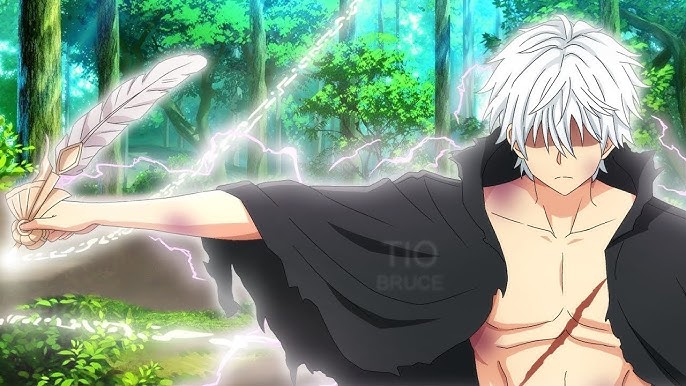
“The Disowned Child: Chronicles of Unleashed Divine Bloodlust” is a dark fantasy saga that tells the story of a child who was cast out by their family and left to navigate a world filled with betrayal, loss, and revenge. Unbeknownst to the protagonist, they harbor a bloodline tied to a divine force, one that awakens when their deepest emotions—anger, sorrow, and betrayal—reach a breaking point. The unleashed bloodlust takes hold, transforming them into a powerful force, one capable of shaking the very foundations of the world they inhabit.
The story explores themes of power, identity, redemption, and the consequences of unchecked vengeance. As the protagonist journeys through this violent world, they are forced to confront their own inner demons while struggling to control the immense power that resides within them.
Key Themes of “The Disowned Child”
1. Betrayal and Revenge
At the heart of “The Disowned Child” is the theme of betrayal. Cast out by those they trusted, the protagonist embarks on a path fueled by revenge. This theme resonates with readers who have experienced betrayal in their own lives, making the protagonist’s journey of vengeance both relatable and cathartic.
2. Divine Bloodlust and Inner Conflict
The protagonist’s transformation into a being of divine bloodlust is central to the story. As the child grapples with the immense power that runs through their veins, they must confront the consequences of their actions. This internal battle between morality and rage drives much of the plot, making it a complex tale of power and control.
3. Redemption and Identity
As the protagonist delves deeper into their own lineage, they are faced with questions of identity and belonging. The search for redemption becomes a driving force, as they seek to reconcile their past actions with the divine power they now wield. This theme explores how one’s past doesn’t have to define their future and how redemption can be achieved even in the darkest of times.
4. Loyalty and Betrayal
While the protagonist is betrayed by their family and society, they also find allies who offer loyalty and support. The dynamic between trust, loyalty, and betrayal is explored throughout the narrative, highlighting the complexity of human relationships and the impact of one’s choices on others.
The Characters: Heroes and Villains
The Disowned Child (Protagonist)
The protagonist, who starts as a vulnerable and abandoned child, grows into a powerful being consumed by divine bloodlust. Their journey from weakness to strength forms the core of the narrative, as they wrestle with their newfound powers and their desire for revenge. As the story unfolds, the protagonist’s character develops from an outcast into a complex figure, torn between destruction and redemption.
The Betrayers
The figures responsible for the protagonist’s abandonment play crucial roles in the story. These characters represent the darker side of humanity and the forces that seek to control and manipulate. Their actions spark the protagonist’s transformation and fuel the drive for vengeance.
The Divine Entity
A mysterious, godlike being that grants the protagonist their divine bloodlust, the divine entity is both a blessing and a curse. This character is integral to the protagonist’s development and the central conflict, as the child seeks to understand the true nature of their power.
The Loyal Ally
Throughout the protagonist’s journey, they are joined by a loyal companion who believes in their potential for redemption. This character offers much-needed guidance, providing a moral compass in a world filled with chaos and violence.
Why “The Disowned Child” Resonates with Readers
1. Relatable Themes
At its core, “The Disowned Child” deals with universal themes of betrayal, redemption, and the search for identity. These themes speak to readers on a deep emotional level, making the story more than just a tale of fantasy but a reflection on the human condition.
2. Complex Characters
The story’s strength lies in its multifaceted characters. The protagonist’s journey from victim to powerful force is one of internal and external conflict, making them a compelling figure. The supporting cast, both loyal and treacherous, adds depth and intrigue to the plot.
3. High-Stakes Action and Emotional Drama
Packed with intense action scenes and emotional highs and lows, “The Disowned Child” delivers on both fronts. Whether it’s a brutal battle or a heart-wrenching moment of personal loss, the narrative keeps readers hooked from start to finish.
4. Philosophical Undertones
Beyond the action and drama, the story explores deeper philosophical questions about power, justice, and the consequences of one’s actions. The protagonist’s struggle to control their divine bloodlust serves as a metaphor for the human struggle to balance power with responsibility.
The Impact and Legacy of “The Disowned Child”
Since its release, “The Disowned Child: Chronicles of Unleashed Divine Bloodlust” has garnered a dedicated following, with fans praising its complex narrative and character-driven storytelling. The book has sparked discussions about the nature of power, vengeance, and identity, making it a significant contribution to modern fantasy literature.
The saga’s blend of epic battles, emotional depth, and philosophical exploration has made it a staple for fans of dark fantasy. Its influence can be seen in discussions surrounding other works of fantasy, where power dynamics and internal struggles are central themes.
FAQs About “The Disowned Child: Chronicles of Unleashed Divine Bloodlust”
1. What is the central theme of “The Disowned Child”?
The central theme is the protagonist’s journey from betrayal to empowerment, driven by divine bloodlust, with an underlying exploration of redemption, power, and identity.
2. Who is the main character in the story?
The main character is the disowned child, who is cast aside by their family and discovers a powerful divine force within them, setting the stage for their quest for revenge and self-discovery.
3. Is the story suitable for all readers?
The story contains intense action, emotional drama, and dark themes such as vengeance and betrayal, making it best suited for mature readers who enjoy complex fantasy narratives.
4. What makes “The Disowned Child” stand out from other fantasy books?
The story stands out due to its blend of high-stakes action, deep character development, and philosophical undertones, offering a unique take on the journey of self-discovery and divine power.
5. Can “The Disowned Child” be adapted into other media?
Given its rich world-building and dynamic characters, “The Disowned Child” would make an excellent candidate for adaptations into movies, TV shows, or graphic novels. Fans have already begun speculating about potential adaptations.
Conclusion: A Must-Read Fantasy Epic
“The Disowned Child: Chronicles of Unleashed Divine Bloodlust” is a powerful and unforgettable fantasy tale that delves into the complexities of betrayal, divine power, and redemption. With its rich characters, intricate plot, and thought-provoking themes, it offers readers an experience that is both entertaining and deeply philosophical. Whether you’re a long-time fantasy fan or a newcomer to the genre, this story is sure to captivate and leave a lasting impact on its audience.
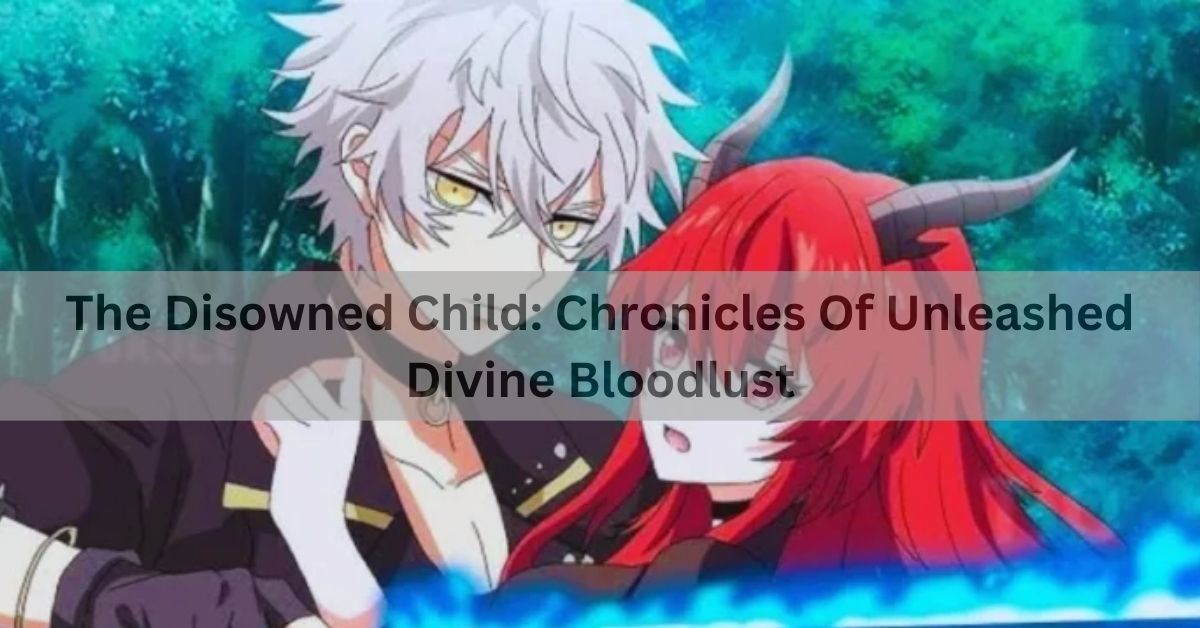
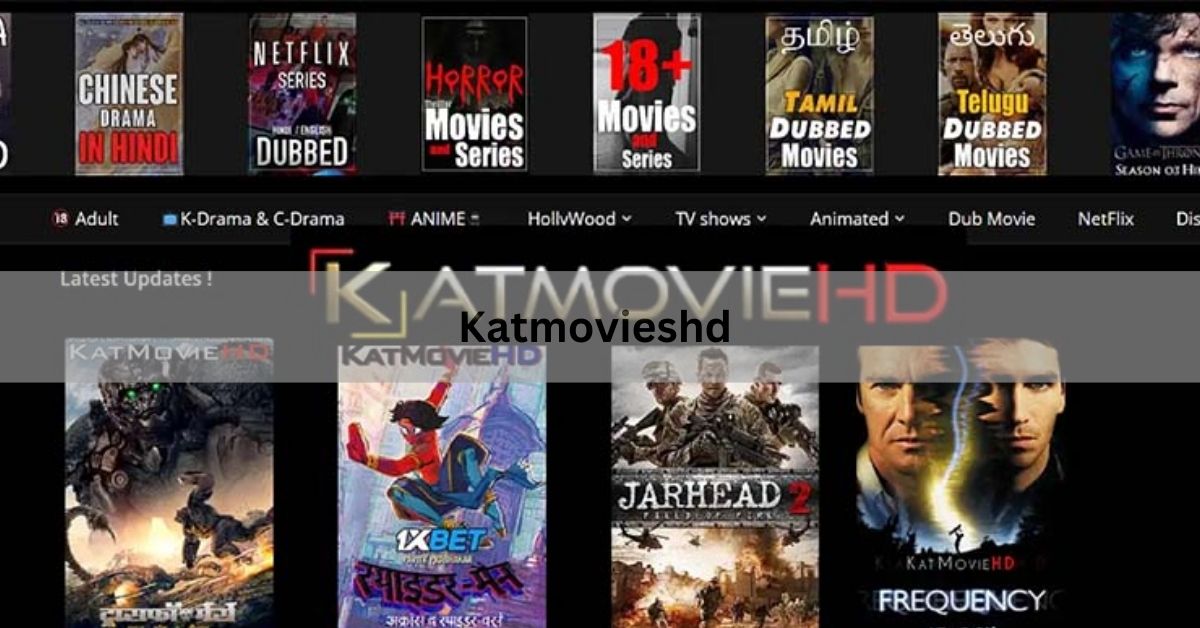

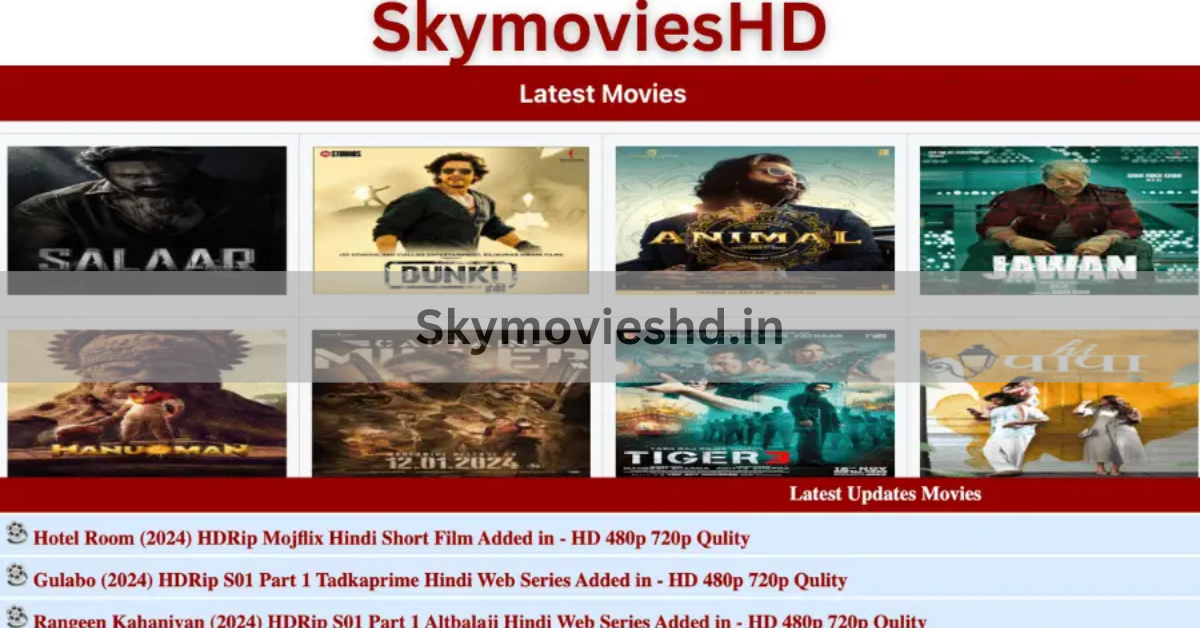


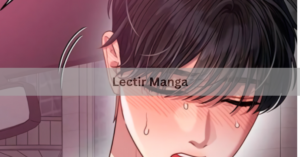


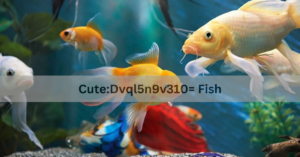
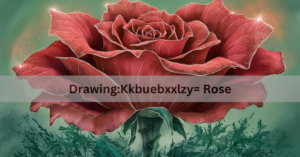

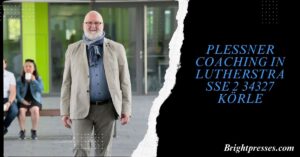
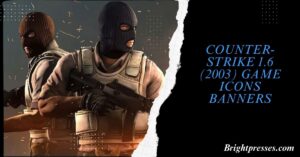
Post Comment